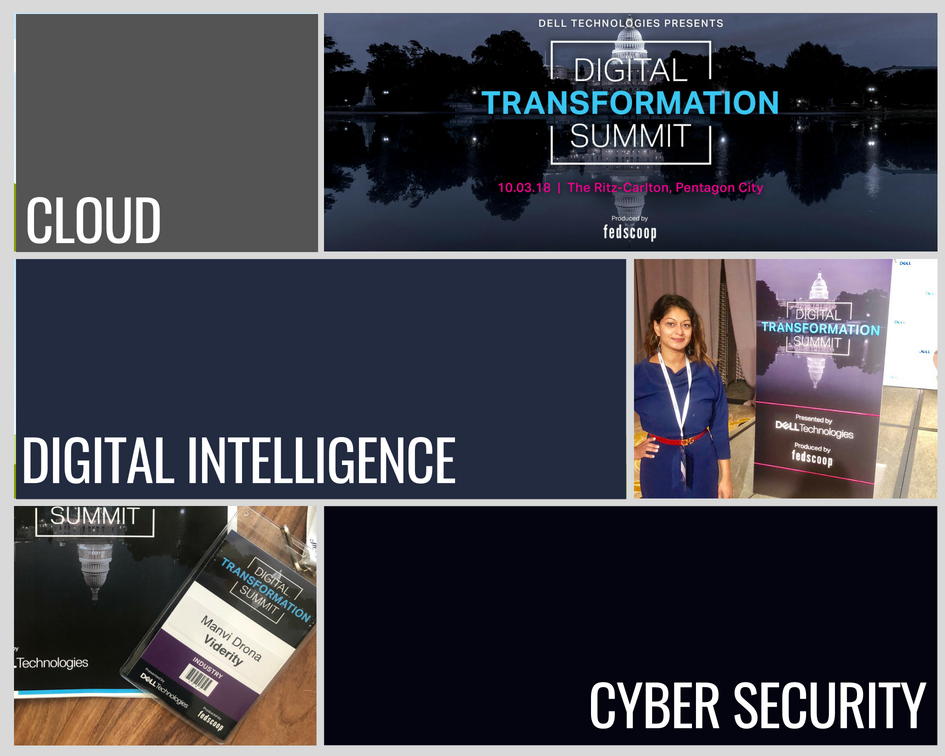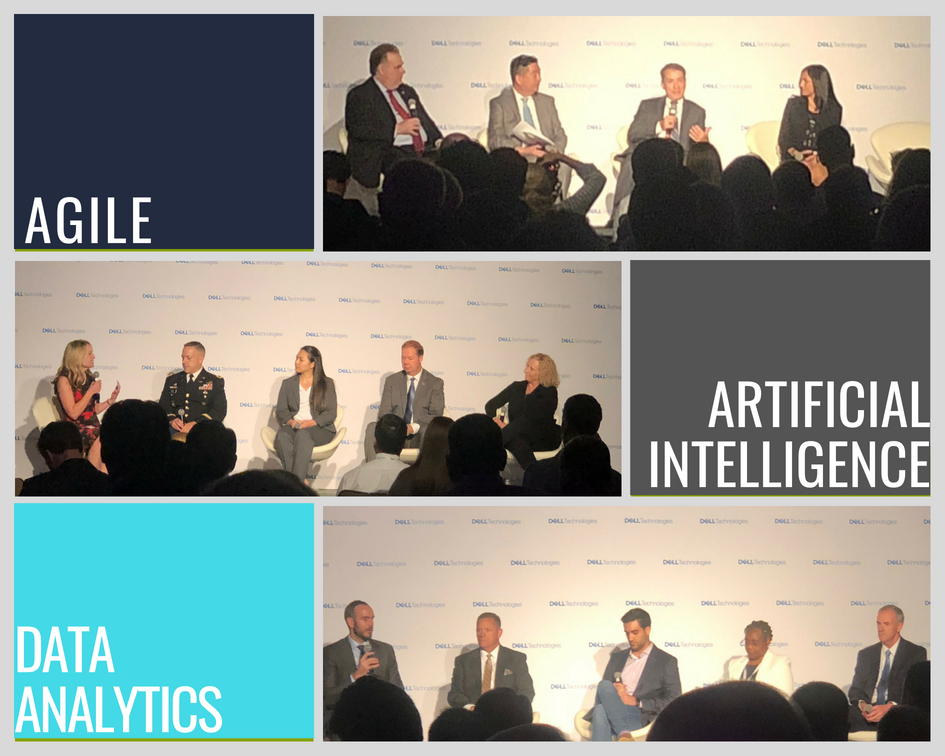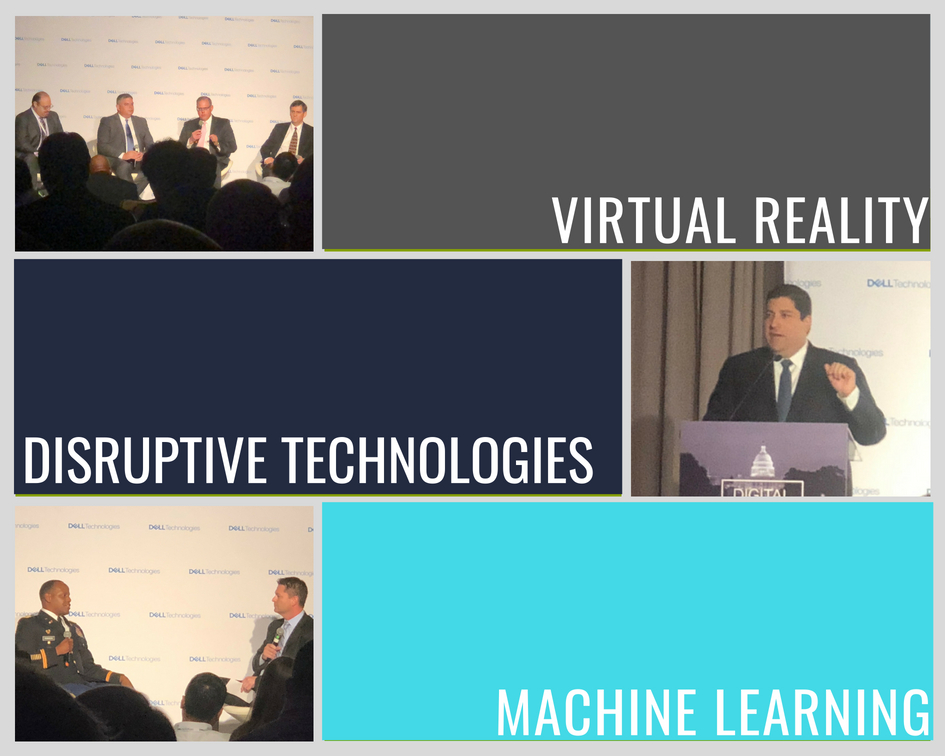Enabling a Digital-forward Government | Key Takeaways from the Digital Transformation Summit 2018
Digital transformation in the 21st century demands leaps of rapid innovation. Federal agencies, though, are not famous for speed. Their legacy systems represent huge investments and are vulnerable to emerging security threats. Future-proofing government infrastructure requires agile development processes to create progressive, sustainable delivery models.
Senior officials from Federal agencies and technology companies gathered at the Dell Digital Transformation Summit to discuss how agencies can evolve to better serve their customers, meet their mission goals, and succeed in the connected future.

Here are a few highlights from the summit:
Creating a NextGen Cyber Workforce and an upcoming hiring regulation
Disruptive Technologies
Digital Intelligence
Cloud Smart
Data Analytics
AI + VR
Col. Chris Wade, Director, Task Force Cyber Strong, G-3/5/7, U.S. Army says the Army is training young talent to be problem solvers, in lieu of specific technology training that will be outdated in a few years.
“85% of jobs we will have by 2030 don’t exist today. We should expect to partner with machines & utilize AR/VR technologies.” – Marius Haas, President & Chief Commercial Officer, Dell EMC
“There won’t ever be a single solution for all mission needs; it’s about a consistent infrastructure, consistent operations and consistent developer experience”– Robert Ames, Sr. Director, National Technology Strategy, VMware
During the “Creating a NextGen Cyber Workforce” panel, Basil Parker, senior advisor for Government-wide IT and Cyber Workforce Development at OPM, announced that The Office of Personnel Management (OPM) will soon release a new regulation that will allow the Federal government to directly hire cybersecurity personnel. This will significantly shrink a lengthy hiring process that has bogged down the Federal government. Currently, it takes an average of 106 days to hire new personnel, and this regulation will aim to reduce the bottlenecks and lengthy vetting processes that are obstacles in securing cyber talent.



